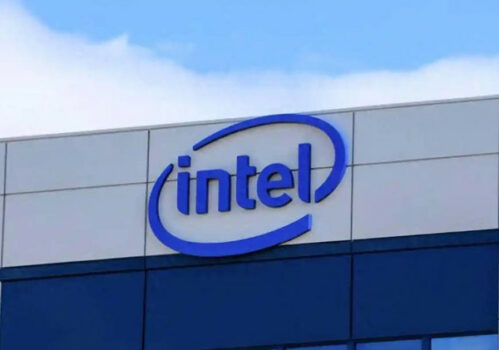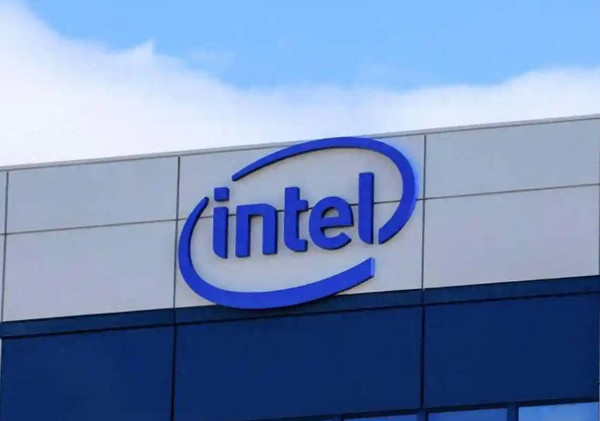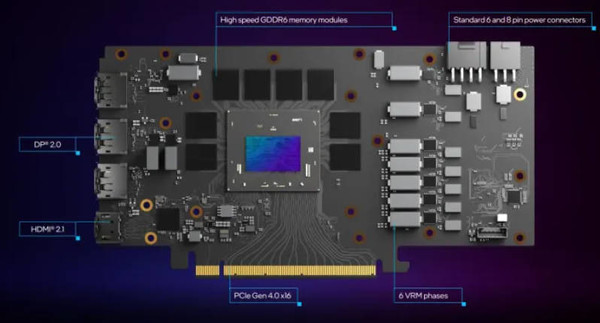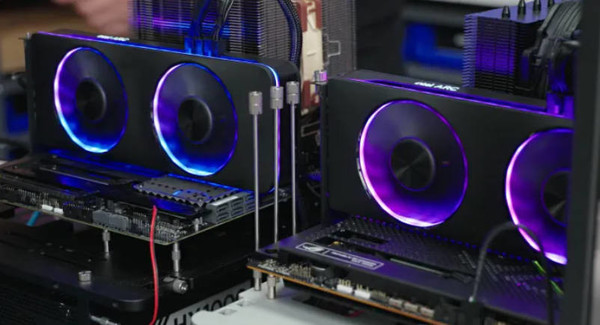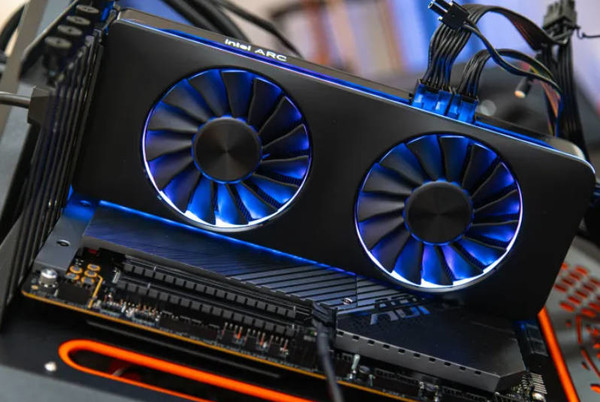After 25 years of holding a key seat in the Dow Jones Industrial Average, Intel is preparing to step down, leaving the spot to Nvidia. This change, effective November 8, marks a tough period for Intel, which has struggled to maintain its leadership in chip manufacturing and has fallen behind in the AI space. The company is actively working to reclaim its position with new innovations, particularly its upcoming Battlemage GPU, which targets the fiercely competitive graphics card market.
Intel’s Struggles in Chip Manufacturing and AI
Once the dominant force in chip manufacturing, Intel now faces fierce competition from Taiwan Semiconductor Manufacturing Company (TSMC), which has taken the lead. Additionally, Intel missed out on key opportunities in AI technologies, failing to invest in cutting-edge companies like OpenAI. As a result, Intel’s stock price has dropped over 50% this year, making it the worst-performing stock in the Dow Jones Index.
Despite these setbacks, Intel is focusing its efforts on the GPU market to address these challenges. As AI technology rapidly evolves, GPUs play a crucial role in powering AI applications. Intel is betting on its upcoming Battlemage GPU, which could be a pivotal product for the company’s future.
Specifications Leaked: What We Know About Intel’s Battlemage GPU
Recent leaks have revealed some specifications for the Intel Xe Graphics RI GPU. This model includes 160 computing units (20 Xe cores) and 12GB of video memory with a boosted frequency of 2850MHz. While the core count is lower than Intel’s previous Arc A770 and A750 GPUs, the Battlemage GPU’s boosted frequency could lead to improved performance.
The graphics logs from the Linux kernel’s Direct Rendering Manager also hinted at a new Battlemage GPU featuring 12GB of video memory and a memory rate of 19Gbps. Although the memory bandwidth may fall short of the Alchemist series’ 512GB/s, it still shows potential for high performance in AI tasks. One exciting development is the introduction of Adamantine caching technology, similar to AMD’s 3D V-Cache. This Level 4 cache may enhance GPU performance, making the Battlemage GPU a strong contender in the competitive market.
Performance Expectations for Intel’s Battlemage GPU
At present, detailed performance data for the Battlemage GPU remains limited. Benchmark results show that the GPU scored 97,943 points in the Geekbench OpenCL test, placing it behind the NVIDIA RTX 4060, AMD RX 7700 XT, and Intel’s own Arc A770. With AMD and Nvidia launching new GPU generations soon, Battlemage may face tougher competition in terms of performance.
If the leaks are accurate, Intel’s flagship Battlemage GPU may feature 56 Xe cores, positioning it to compete with the NVIDIA RTX 4070 in the $400 to $600 price range. Intel’s decision to target this market segment is strategic, as several graphics cards already compete in this price range.
Release Date and Availability: When Can We Expect Intel’s Battlemage GPU?
Intel initially planned to launch its Battlemage GPU in the second half of 2024, but recent developments suggest a shift in the timeline. Some sources predict a late 2024 or early 2025 release. Intel has confirmed the hardware is ready, but software development is still underway, potentially delaying the launch. Intel’s recent announcement at a joint event with Asus hinted at a possible end-of-year release, though uncertainty remains.
Price Strategy: Affordable Options to Compete with Nvidia and AMD
Intel is expected to target entry-level and mid-range GPUs with the Battlemage series, aiming to compete with Nvidia and AMD’s high-end offerings like the RTX 4090. Leaks suggest the flagship card may be priced between $350 and $500, depending on Intel’s approach. This pricing strategy could help Intel appeal to price-sensitive consumers and gain traction in the competitive mid-range market.
Conclusion: Can Intel’s Battlemage GPU Compete with AMD and Nvidia?
Intel’s Battlemage GPU shows promise as a key player in the AI technology sector and the broader graphics card market. While its performance may lag behind Nvidia and AMD’s latest GPUs, Intel’s focus on affordability and entry-level models could help it gain a foothold. By introducing innovative features like Adamantine caching technology and adopting an aggressive pricing strategy, Intel hopes to regain relevance in the GPU market. The true test will come once the Battlemage GPU hits the market, but Intel’s efforts to carve out a niche for itself in this competitive landscape are evident.
